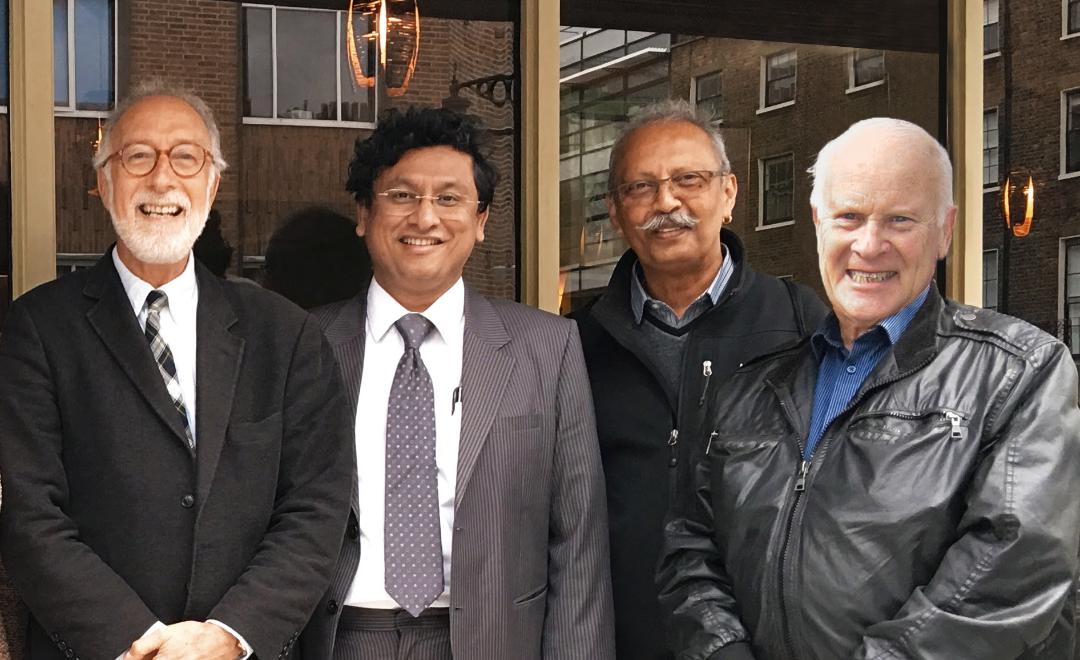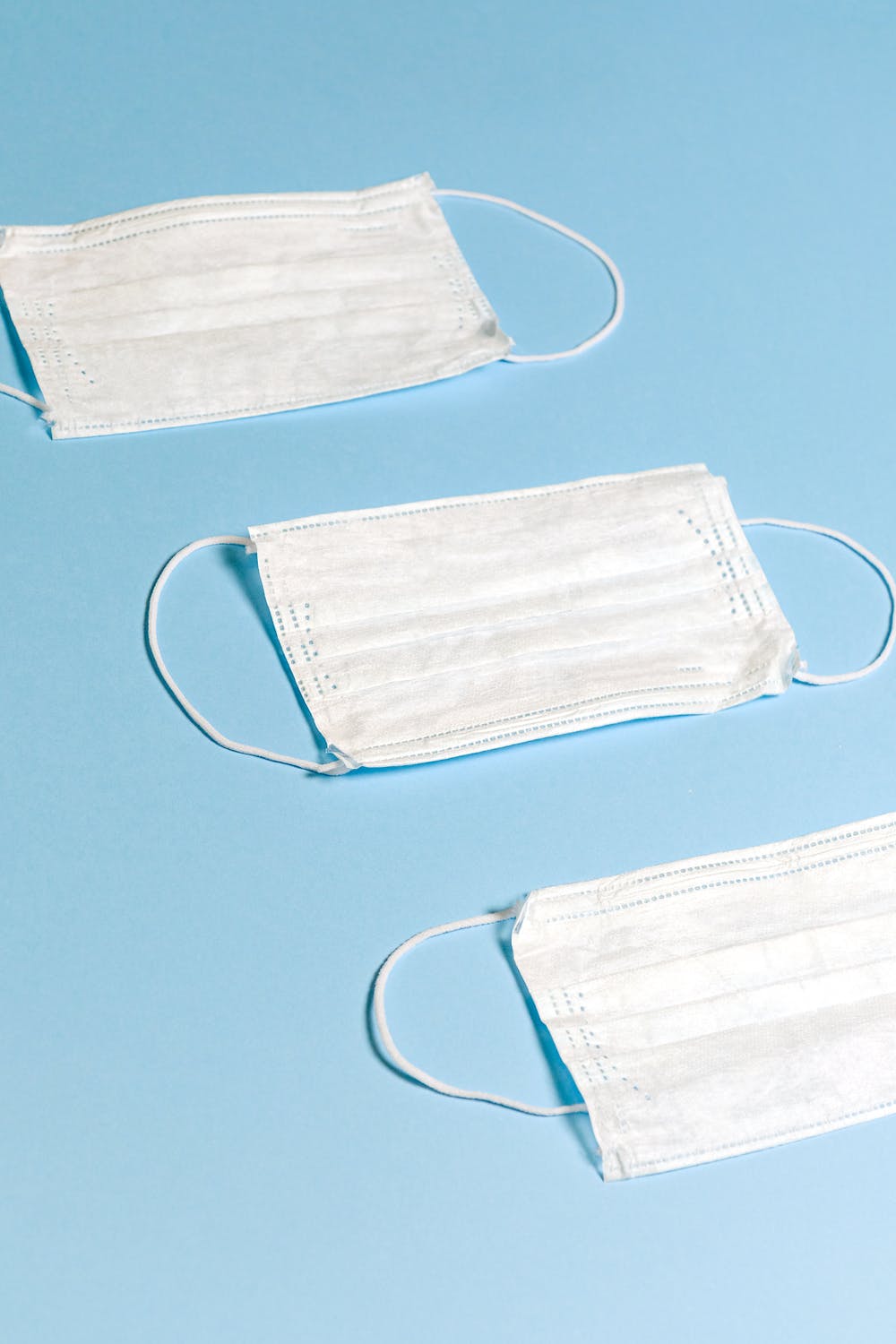Majority of Medical Misdiagnoses Occur in Patients with Less Obvious Disease Manifestations
Flinders Trial Tests Boiled Peanuts to Treat Peanut Allergic Children
PhD | BPharm(Hons) | GCertClinEpid | AdvPracPharm | FSHP Associate Professor (Practitioner Fellow) Channel 7 Children’s Research Foundation Fellow in Medicines Use and Safety College of Medicine & Public Health Flinders University Affiliate Research Fellow – South Australian Health & Medical Research Institute (SAHMRI) Specialist Pharmacist – Flinders Women & Children, Flinders Medical Centre Adjunct Research Fellow – Faculty of Pharmacy and Pharmaceutical Sciences, Monash University Adjunct Research Fellow – Robinson Research Institute, The University of Adelaide MedicalResearch.com: What is the background for this study? Response: Peanut allergy affects 1-3% of children in Western countries, making it the most common food-related allergen. Only a small percentage (20%) of children grow out of their peanut allergy, with allergen avoidance and provision of rescue medications for the management of allergic reactions being the recognised mainstay of treatment for many years. However, avoidance of peanuts provides many challenges for children and their caregivers and requires children and caregivers to be hypervigilant regarding peanut ingestion, creating a significant burden. This burden can have a real impact on quality of life for children and their families. In more recent years there has been emerging interest in what is referred to as oral immunotherapy as an active preventive treatment to reduce the risk of accidental peanut exposure. Oral immunotherapy involves exposing children to an extremely small dose of peanut, typically in the form of peanut flour, and then gradually increasing that dose over time to build tolerance. We have been looking at opportunities for making oral immunotherapy safer, which would then make it more suitable for more people. Our previous research showed that boiling peanuts alters its protein structure and allergic properties, meaning they were less likely to cause a severe allergic reaction, but were still able to improve tolerance to peanut allergens. (more…)
NFL Players Found to Lose About 10 Years of HealthSpan
Study Finds Promising Effects of Jarlsberg® Cheese on Bone and Metabolic Markers
MedicalResearch.com Interview with: Stig Larsen PhD Professor Emeritus Controlled Clinical Research Methodology and Statistics Norwegian University of Life Sciences Oslo, Norway
MedicalResearch.com:? What are the main findings?
Response: Osteoporosis is a major problem among elderly and malnourished people. Calcium, Vitamin D and Vitamin K are beneficial for bone health. Vitamin D stimulates calcium absorption and studies have shown that poor Vitamin K status intake is linked to low bone mass. Osteocalcin (OC) is a protein hormone found in the blood in activated and inactivated form. The activated form of Osteocalcin (cOC) binds calcium to bone tissue and plays an important role in regulating the metabolism. In addition, low levels of cOC are associated with insulin resistance, diabetes, and metabolic syndrome. It is desirable to have largest possible uOC, and vitamin K2 central in this process. The most important vitamin K2 variants in Jarlsberg® are the long-chain MK-7, -8, -9 and -9(4H), where lactic acid bacteria produce the first three, while MK-9(4H) is produced by Propionibacterium freudenreichii. The latter bacterium also produces the substance "1,4-dihydroxy-2- naphthoic acid" (DHNA), which has previously been shown to increase bone density in experimental mice. Two previous studies related to Jarlsberg® intake have been published:
- The first study showed that cOC in the blood increased with increasing Jarlsberg® dose up to a daily intake of 57 grams of Jarlsberg®. Even more startling was that the total OC (tOC) level increased significantly, and that triglycerides and cholesterol were significantly reduced.1
- The second study reproduced the findings from the first study and demonstrated additionally that the Jarlsberg dose of 57g/day could be reduced to 45 grams after 6 weeks without reducing the achieved level of tOC and vitamin K2.2
The BMJ-study3: The central variables measured in this study were the serum bone turnover markers (BTM); tOC and cOC, procollagen type 1 N-terminal propeptide (PINP) and serum cross-linked C- telopeptide type I collagen (CTX). Additionally, Vitamin K2 and Vitamin K status, serum calcium and serum magnesium were recorded together with the development in glycated hemoglobin (HbA1c), lipids and protein turnover. The participants in the study were randomly divided into two groups. One group of 41 healthy volunteer women of childbearing age ate 57 grams of Jarlsberg® per day and the other group of 25 women ate 50 grams of Camembert for 6 weeks. The Camembert was manufactured with a starting culture not producing Vitamin K2. The fat, protein, and energy content of the daily consumption of Jarlsberg® and Camembert is approximately the same. After 6 weeks, Camembert was replaced with 57 grams of Jarlsberg® per day for another 6 weeks. (more…)
Monkeypox: Important Clinical Differences Between Current and Previous Outbreaks
Medical Residents: Extended Work Hours Linked to Medical Errors and Patient Harm
Pancreatic Cancer: Gut Microbiome Signature May Allow Earlier Detection
Wrist Fractures: Study Compares Casting to Surgical Fixation
Housework Associated with Better Physical and Mental Function in Elderly
Study Reviews Clinical Trials of Zinc In Respiratory Tract Infections
Dementia Risk Lower in Patients with Cognitively Stimulating Jobs
Morning Larks More Productive at Work and Have Fewer Disability Pensions
 Response: In ageing societies, understanding risk factors for pre-term disability pensions and poor work ability is an important research priority. We studied whether individual-level chronotype could contribute to these. Previous research has shown that evening chronotypes (E-types) have poorer health compared with morning chronotypes (M-types), and that E-types may have difficulties to function during standard morning working hours. This study was the first population-level study with register linkage to find out whether eveningness would be associated with poor work ability and disability pensions, too.
We surveyed chronotype (with the Morningness–Eveningness Questionnaire) among 5831 non-retired Finns born in 1966 when they were at age 46 years, and compared it with their current perceived work ability. We then followed the emergence of new registered disability pensions during the next 4 years. Multivariate logistic and Cox regression analyses of the associations between chronotype and the outcomes were separately adjusted for sleep, health and behaviours, sociodemographic and economic factors, or working times (more…)
Response: In ageing societies, understanding risk factors for pre-term disability pensions and poor work ability is an important research priority. We studied whether individual-level chronotype could contribute to these. Previous research has shown that evening chronotypes (E-types) have poorer health compared with morning chronotypes (M-types), and that E-types may have difficulties to function during standard morning working hours. This study was the first population-level study with register linkage to find out whether eveningness would be associated with poor work ability and disability pensions, too.
We surveyed chronotype (with the Morningness–Eveningness Questionnaire) among 5831 non-retired Finns born in 1966 when they were at age 46 years, and compared it with their current perceived work ability. We then followed the emergence of new registered disability pensions during the next 4 years. Multivariate logistic and Cox regression analyses of the associations between chronotype and the outcomes were separately adjusted for sleep, health and behaviours, sociodemographic and economic factors, or working times (more…)Gout Drug May Control Some of the Inflammation from COVID-19
Prevalence of Cannabis Dispensaries Linked to Reduced Opioids Deaths
Some Women Experience Delay in Fertility After Discontinuing Contraceptives
Single Dose Radiotherapy (TARGIT-IORT) As Good As Conventional Radiotherapy For Most Women With Early Breast Cancer
Oral and Inhaled Corticosteroids For Asthma Linked to Increased Risk of Osteoporosis
Surgical Procedures That Generate Aerosols Requiring Enhanced PPE


Is Exercise Intensity Related to Longevity?
COVID-19: Asymptomatic Individuals May Be Driving Pandemic
False Negative COVID-19 Tests Relatively Common During Recovery


Study Finds No Link Between Moderate Egg Consumption and Overall CVD Risk
Don’t Rely on Smartphone Apps To Diagnose Skin Cancer
Snacking on Nuts Better for Weight Control than Chips



























